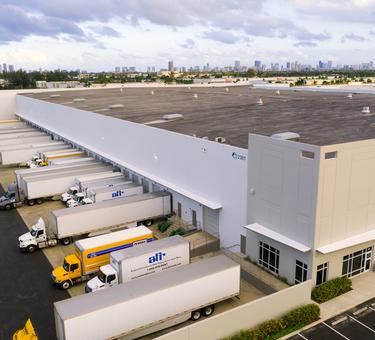In this fourth installment of our special report on COVID-19 and its implications for logistics real estate, we delve deeper into our proprietary data to highlight customer industry trends during each phase of the pandemic to-date.
Introduction
Logistics real estate demand will continue to evolve as consumer behaviors and supply chains shift. Prologis’ approximately 1 billion square foot global portfolio illustrates the diversity of the logistics real estate customer base, with no single industry accounting for more than 15% of base rent. This diversity, coupled with supply chains’ essential role in all forms of revenue generation, fosters resilience as nearly 60% of customer industries are growing.
Prologis Research divided the COVID-19 impact into three phases: the Stay-at-Home Economy, the Recovery, and the New Normal. In this paper, we have focused on the first two phases and connected them with key trends that could lead to either increased or decreased logistics real estate depending on customer industry. U.S. Census retail sales by category demonstrate relative performance.1 In our next paper, we will focus on supply chain lessons learned from the pandemic, with an increased focus on key customer industries and longer term impacts.
Our current analysis focuses on the near-term economic phases of the pandemic:
- The Stay-at-Home Economy. March retail sales by category, when weighted by logistics real estate industries, outperformed by 730 basis points, declining by 1.4% versus -8.7% for total retail sales.2
- Recovery. In past recessions, retail sales across logistics real estate industries outperformed by 330 basis points against total retail sales growth.3
